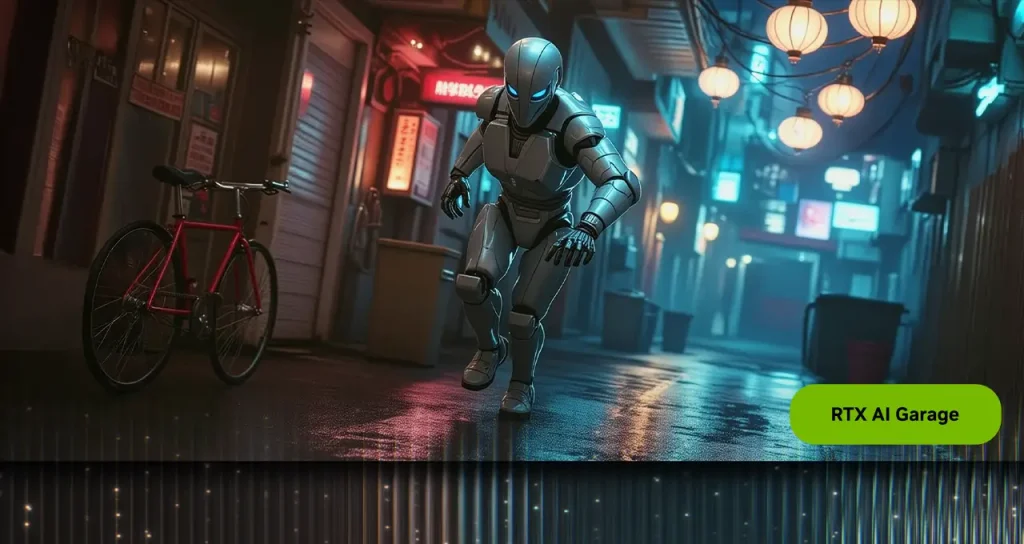You know how 3D artists usually have to build placeholder assets just to block out a scene before they can start adding details? That step is notoriously time-consuming, and most of the work ends up getting tossed once the real modeling begins. It’s a grind that keeps creators stuck in repetitive tasks instead of exploring ideas.


NVIDIA wants to change that with its new AI Blueprint for 3D object generation, a workflow that can spin up to 20 objects from a simple text prompt. Instead of juggling multiple AI models and technical setups, artists get a ready-made pipeline that streamlines prototyping and saves hours of setup.
The blueprint kicks off with an LLM powered by Llama 3.1 8B NIM, which suggests objects and even prompt refinements to help flesh out a scene. Previews come courtesy of NVIDIA SANA, which generates high-res images to give artists a sense of what the objects might look like before committing. From there, the new Microsoft TRELLIS NIM microservice steps in to turn those previews into fully detailed 3D assets – and it does so about 20% faster thanks to PyTorch optimizations.


NVIDIA also built in export support straight to Blender and other popular 3D platforms, so artists can keep refining without extra conversions. For anyone in game design, architecture, or digital media, the integration is a serious productivity boost, especially since setting up this kind of multi-model pipeline usually demands heavy technical know-how.


Microsoft TRELLIS itself is impressive too, as it can generate complex, textured assets from text or images, making it perfect for both quick prototypes and production-ready models. On GPUs like the GeForce RTX 5090, the speed improvements shave roughly 6 seconds off per object generated (sounds very little, but 20 objects per rotation is 2 minutes, which is nice).


